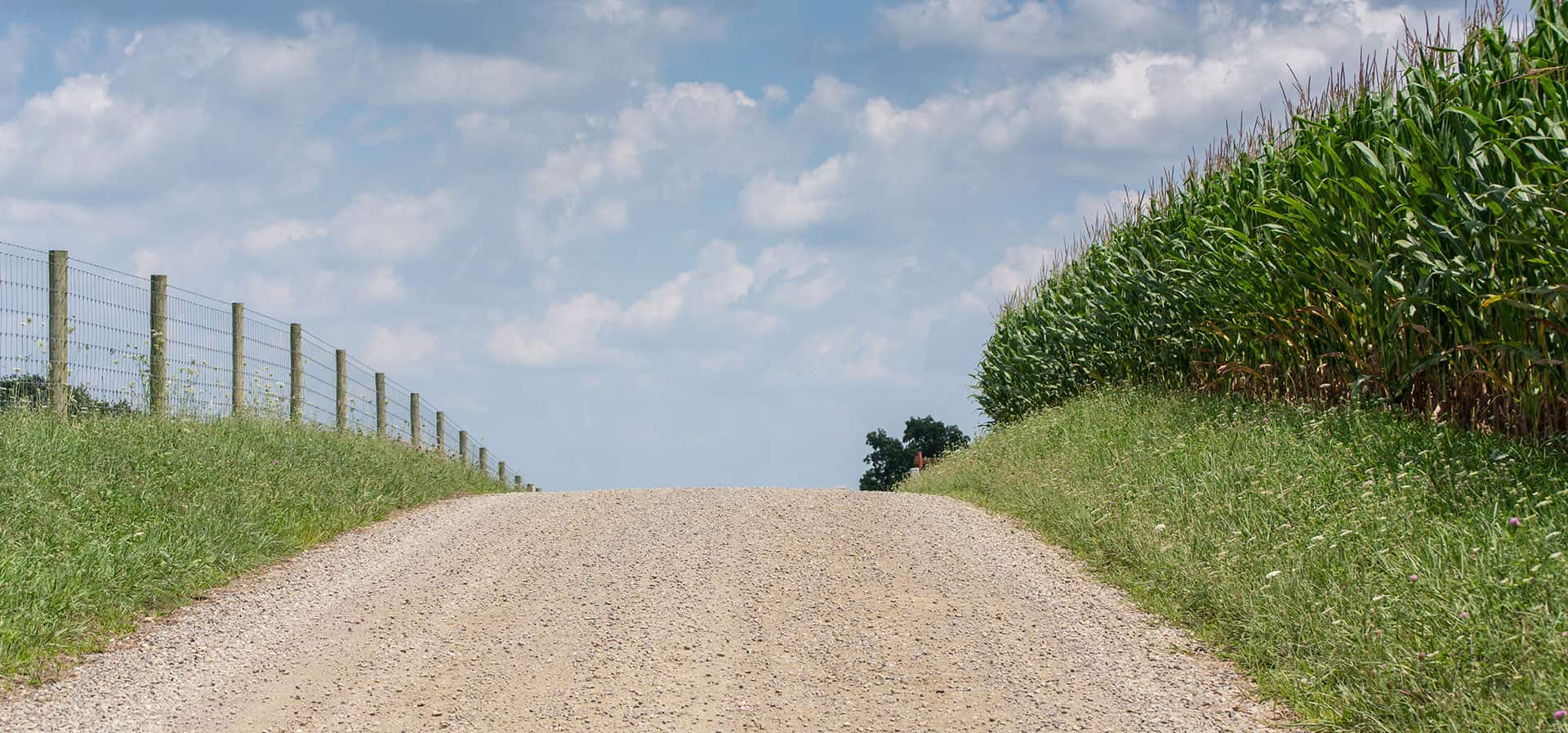For most of us, it’s hard to separate what we think about the Amish from a mental picture of the rolling hills of the farm and a team of Belgian workhorses pulling a plow.
There can be no doubt that historically the Amish have been farmers. The persecution they faced in the seventeenth and eighteenth centuries in Europe because of their religious beliefs pushed them farther and farther into rural areas. They became very good at farming and carried this skill to North America, where the rich soil of Pennsylvania made it possible for the Amish to fairly easily build prosperous communities around farming. Of course the Amish also needed services such as tanning, milling, blacksmithing, furniture making, and carpentry, and some members of a community would contribute with these services even while farming was the center of life.
In the last sixty years or so, however, this has changed. Between 1940 and 1960, the Amish population doubled—and farm land, which was becoming more scarce, got more and more expensive. The population kept growing from there. Now in some of the larger communities, fewer than ten percent of Amish households sustain themselves primarily by farming. Many have opened shops catering to tourism, formed construction crews that travel to building sites, or even work in factories that have nothing to do with Amish life but provide a nice paycheck. Most states now have at least one Amish community because their demographics have shifted with the search for a way to earn a living.
A bishop said that “The lunch pail is the greatest threat to our way of life.” If possible, most Amish would still prefer to earn a living by staying close to home, even if home is not a farm. Family-owned businesses, supplied with family labor, is one way to keep the family central. More than one member of the family may begin a cottage industry, as long as the businesses do not take family members away from each other. Many businesses might focus on traditional values of craftsmanship, for instance—furniture, cabinets, quilts.
Outside of the Amish population, it is not at all unusual for people to “go where the job is.” Young people go to college a long way from where they grew up, and when they get a degree, they cast a wide net looking for that first job. Families move across the country, away from extended family, because it’s a good career move. Or how much we can earn with a particular job becomes more important than how well the demands of the job fit in with our personal values. When it comes to paying the rent and feeding the kids, any job is better than no job. It should not be hard for us to see that the Amish face similar scenarios.
Where people live shifts and what they do for a living shifts, both for the Amish and the non-Amish. What we have in common with the Amish is the need to be mindful of how these shifts, which may happen out of necessity, have the potential to undercut our choice to live in a manner that demonstrates the values we hold closest to our hearts.
What’s on your heart? How is it showing in where you live?
Olivia Newport writes Amish historical novels, including the Valley of Choice series and the Amish Turns of Time series. Hope in the Land released in April 2016, and Gladden the Heart is forthcoming in 2017. Find out more at www.olivianewport.com.


